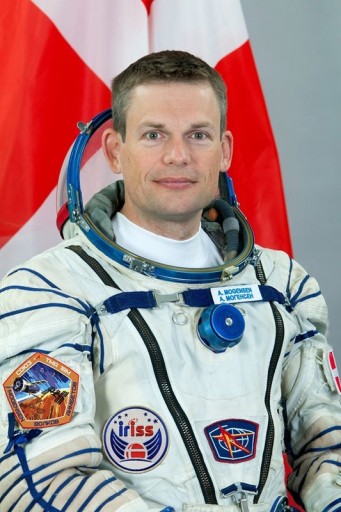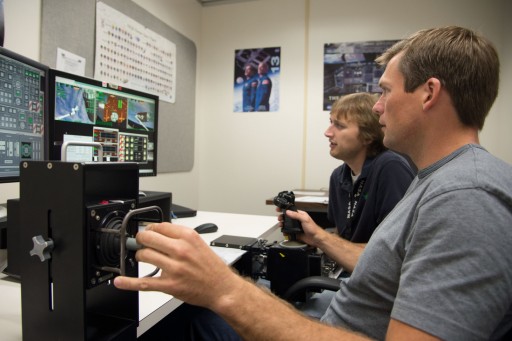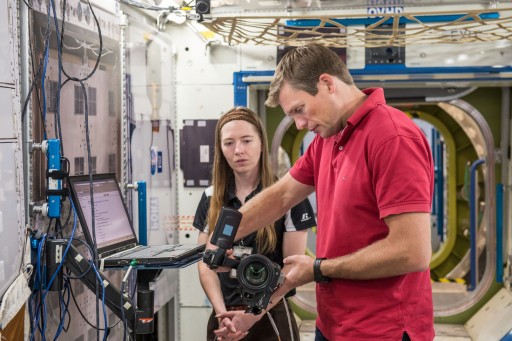Andreas Mogensen

Andreas Enevold Mogensen, born on November 2, 1976 in Copenhagen, Denmark, is an Astronaut of the European Space Agency making his first mission to visit the International Space Station as part of a short-duration flight assignment in 2015.
Mogensen attended secondary school in Copenhagen, finishing in 1995. He received an International Baccalaureate and enrolled at Imperial College in London studying aeronautical engineering. He received a master’s degree from Imperial College in June 1999. After graduation, Mogensen started working for Schlumberger as a drilling services engineer conducting repairs and maintenance on offshore oil rigs in the Republic of Congo and the Republic of Angola. Starting in 2001, he worked for Vestas Wind Systems in Denmark, focused on research and development.
Between 2004 and 2007 he was a research assistant at the Space Research Center and a teaching assistant at the University of Texas, Department of Aerospace Engineering. There he completed his doctoral thesis, receiving his doctorate in aerospace engineering in October 2007. He later worked as an attitude and orbit control system engineer for HE Space Operations contributing to ESA’s Swarm mission that operates four spacecraft in a precisely controlled formation. He later began working as a researcher at the Surrey Space Center in the United Kingdom, focusing on navigation and control on landers for the Moon and Mars.
Selected as one of six new ESA astronauts from 8,407 applicants, Mogensen began astronaut training at the European Astronaut Center, Cologne, Germany. As part of initial training, he and the rest of the 2009 ESA Class, informally known as the “Shenanigans,” completed a general training course at EAC, Johnson Space Center and the Gagarin Cosmonaut Training Center. In November 2010, he completed basic training after two months of training in star city to learn the Russian language, get familiar with the Russian segment of ISS and the Soyuz spacecraft and Sokol suit.


In July 2012, Mogensen received his certification for the completion of Soyuz TMA Systems Training, allowing him to fly in the Flight Engineer position aboard the Soyuz spacecraft. Mogensen remained in general training for the rest of 2012 and into 2013, also participating in ESA-related flight support tasks.
In late August 2013, Andreas Mogensen was assigned to perform a short-duration visit to the International Space Station as an ESA science mission named IrISS. He will launch aboard the Soyuz TMA-18M spacecraft with Sergei Volkov and Aidyn Aimbetov and return with Aimbetov and Gennady Padalka aboard Soyuz TMA-16M after switching seats with Mikhail Kornienko and Scott Kelly who are spending one year aboard the Space Station.
During the ten-day mission, Mogensen will be tasked with running a number of ESA experiments.
Andreas Mogensen was chosen by NASA to serve as an aquanaut aboard the Aquarius underwater laboratory for the NEEMO 19 undersea exploration mission. He and his crew completed a series of studies for future space exploration missions, simulating the life on a spacecraft and evaluating EVA technologies for future use in the space environment as part of a mission to the Moon, Mars or an asteroid. The mission had a duration of seven days.
In January 2014, Mogensen and Sergei Volkov completed the standard survival training session in a forest near Moscow to prepare for the unlikely event of a Soyuz emergency landing in winter conditions.
Throughout 2014, Mogensen continued flight-specific training and systems familiarization at the various partner agencies to prepare for his visit to the Space Station. In August 2015, the Soyuz TMA-18M crew entered final exams ahead of their September liftoff.

